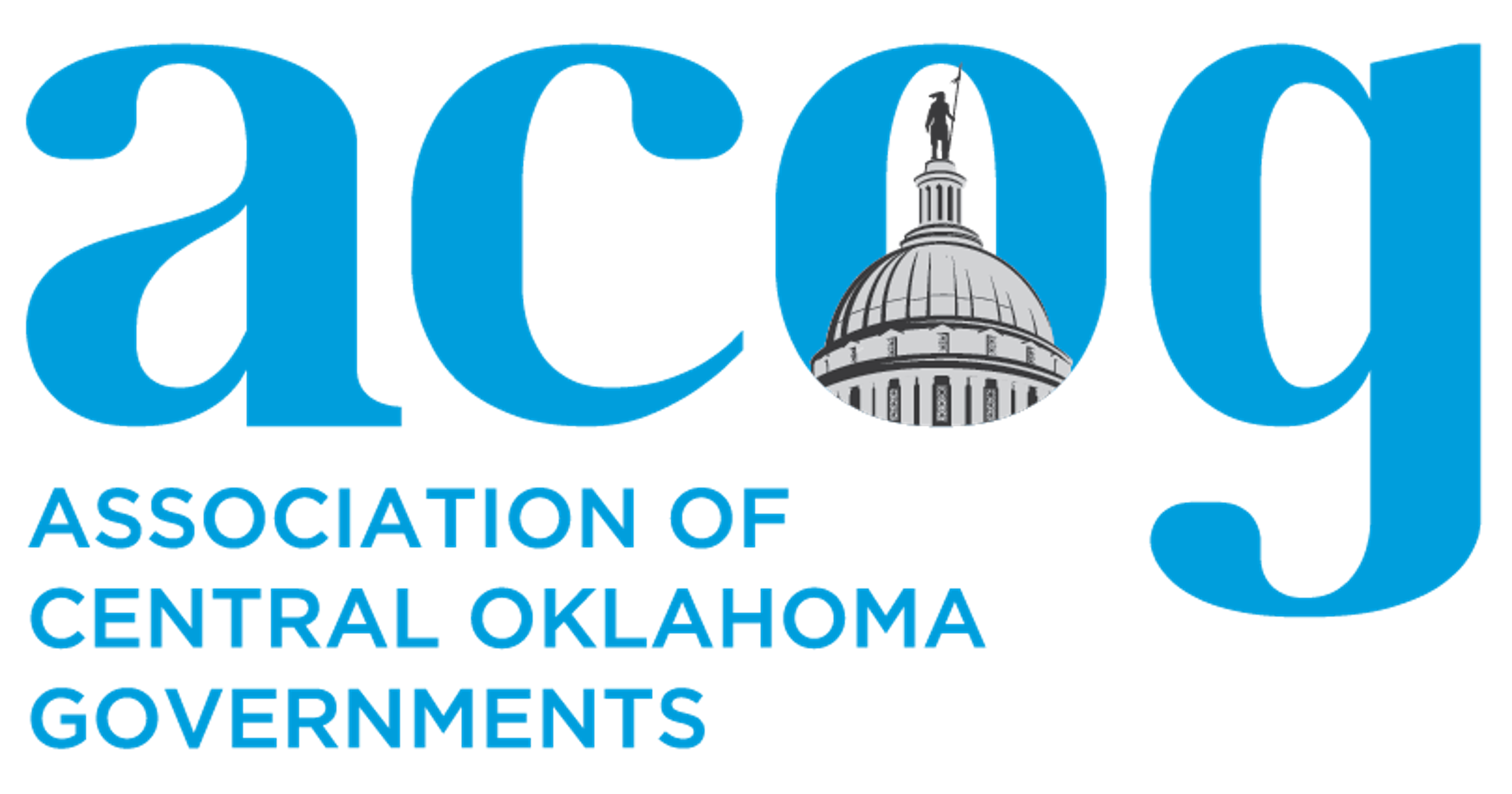PEDESTRIAN SAFETY MONTH
OCTOBERPedestrian Safety Month: Taking Steps Towards Safer Streets
Everyone is a pedestrian, though when asked a person may not think of being one until prompted. Pedestrians span the full spectrum of ages from babies pushed in strollers to older adults. This includes foreign visitors and immigrants used to different traffic conventions, who speak many languages, and who may not be literate in their native languages.
Pedestrians include disabled people who may be visually impaired, hearing impaired or deaf, or may require devices like walkers, wheelchairs, or crutches. More generally, we are all pedestrians when we walk our dogs, cross the street to talk to neighbors, go to the store, go to school, or walk to or from the bus stop.
Pedestrian Safety Month seeks to emphasize the importance of creating pedestrian-friendly environments, fostering a sense of shared responsibility among all road users, and implementing measures to ensure the safety of those who travel by foot.
Throughout October, a series of engaging events, educational campaigns, and community outreach activities are planned to address various aspects of pedestrian safety. These initiatives will include:
Walk to School – October 4: On this special day, students, parents, and educators from some schools in the Central Oklahoma region will come together to embrace the benefits of walking. Walk to School Day not only promotes physical fitness but also instills valuable lessons of pedestrian safety in our youth.
Public Service Announcements (PSAs): ACOG, partnering with the Oklahoma Highway Safety Office (OHSO) created Watch for Me OK, a public awareness campaign that seeks to educate the public on the rules of the road and aims to keep Central Oklahoma residents safe while traveling. Throughout Pedestrian Safety Month, a series of shareable PSAs will be posted on Facebook, Instagram and X featuring real-life stories, safety tips, and reminders for drivers and pedestrians to be cautious and considerate on the road.
The Street Project Documentary: On October 12, join ACOG, Watch for Me OK and OHSO, for the screening of The Street Project Documentary which highlights the troubling trend of increasing deaths of pedestrian and bicyclists on American streets and what factors and policies contribute to the current situation. Followed by a 20–30-minute discussion with professionals in urban planning, public health, law enforcement, and city government on what decisions and changes can be made to make streets safer for all.
Walktober Week: Instead of driving during October 16-22, we’re asking Central Oklahomans to walk, or use transit as much as possible. To get out and enjoy your neighborhood or community, ACOG is sponsoring the Walktober Week Scavenger Hunt.
Staff Contacts
Hannah Nolen, AICP
Mobility & Planning Manager
Jose Jimenez
Transportation Planning Services Planner I - Safety
Congestion Management
Demand for highway travel by Americans continues to grow as population increases, particularly in metropolitan areas.
ACOG’s Congestion Management Process (CMP) is tailored to maximize the use and efficiency of existing transportation facilities to relieve congestion and improve livability. Techniques include various hotspot, arterial and highway travel demand reduction as well as traffic management strategies such as improved intersection geometry, access management and the promotion of alternative modes of transportation, telecommuting, carpooling and park-and-ride.
ACOG’s Congestion Management Workgroup monitors 19 corridors in the Central Oklahoma region identified as recurring congestion problems. The performance of these corridors and other roadway segments are monitored and reviewed on a biennial basis to ensure recurring and non-recurring congestion issues are properly addressed.
It is the goal of ACOG to work with member entities in addressing recurring and non-recurring congestion management issues.
Staff Contacts
John M. Sharp
Deputy Director
Jennifer Sebesta
TPS Division Manager
Traffic Counts
The ACOG traffic count database system for the Central Oklahoma Transportation Management Area (TMA) allows users to explore, research, and analyze traffic count data along a specific street, county road, state or US highway within Central Oklahoma.
Regional Crash Analysis
High Crash Story Map
Traffic Incident Management
Regional Snow Routes
Although wintry weather is infrequent in Central Oklahoma, it is not uncommon for the region to receive its fair share of winter precipitation. In an effort to improve public safety and avoid crashes attributed to winter weather, multiple municipal, county and state-wide entities and agencies work together to develop a comprehensive annual Central Oklahoma Regional Snow Routes map, available here.
Intelligent Transportation Systems
The growth of a region should go hand-in-hand with the growth of transportation technologies. Intelligent Transportation Systems (ITS) have the ability to influence driver behavior, before or during a trip, in pursuance of ideal or improved traffic flow, a vital part of the Central Oklahoma congestion management process.
